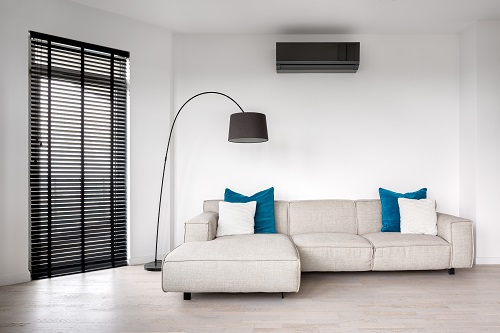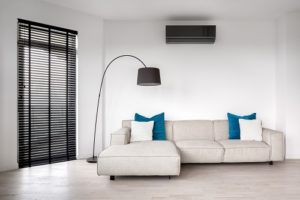
 Out of the many different types of interior plantation shutters, Lutz residents should know that white composite window shutters are the most popular choice among homeowners. Composite materials are great because they are a durable material and do not degrade over time, making them easy to care for and ensure that they will last for many years. But not everyone likes the plain white composite shutters even though they are popular. Luckily though, there are a few different ways that homeowners can go about getting composite interior window shutters they are sure to be pleased with. Here are some of the ways to spruce up white composite interior window shutters for your home.
Out of the many different types of interior plantation shutters, Lutz residents should know that white composite window shutters are the most popular choice among homeowners. Composite materials are great because they are a durable material and do not degrade over time, making them easy to care for and ensure that they will last for many years. But not everyone likes the plain white composite shutters even though they are popular. Luckily though, there are a few different ways that homeowners can go about getting composite interior window shutters they are sure to be pleased with. Here are some of the ways to spruce up white composite interior window shutters for your home.
Choosing to Have them Painted
If you are someone who does not like the look of white composite interior window shutters in your home, consider getting them painted to nearly any color. This is great because it ensures that the color you choose will mast the furniture and decor of your home. Before you call a professional to have them install composite interior plantation shutters, Lutz residents should ask them about getting them painted before they are installed. These professionals can even color match specific colors so that homeowners can ensure the color they get is going to match.
Consider Faux Wood Window Shutters
Many people choose to go with interior window shutters made from composite materials because they do not want the stress and hassle of maintaining natural hardwood interior plantation shutters. Lutz residents might like the look of wooden shutters, but they are more work and can potentially degrade faster. If you like the look of natural hardwood, consider getting faux wooden interior window shutters. These are window shutters made from composite materials, but they are designed to look like natural wood. This way, homeowners can get the best of both shutter materials without any of the negative attributes.
*Disclaimer: The views expressed here are those of the authors and do not necessarily represent or reflect the views of Shutter Professionals*

